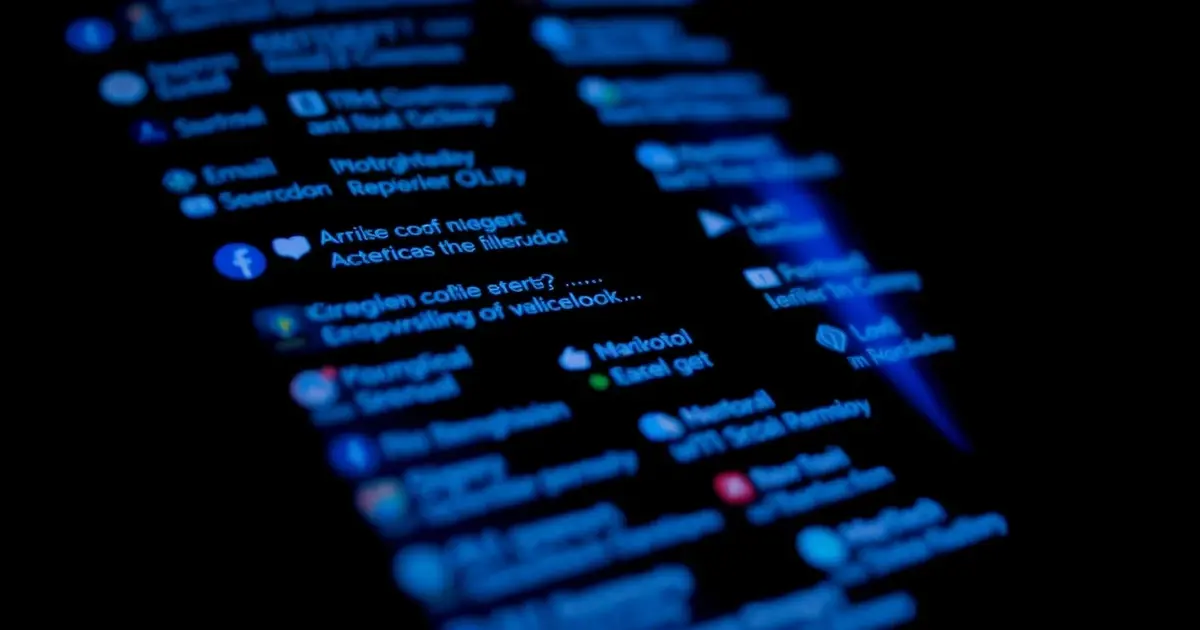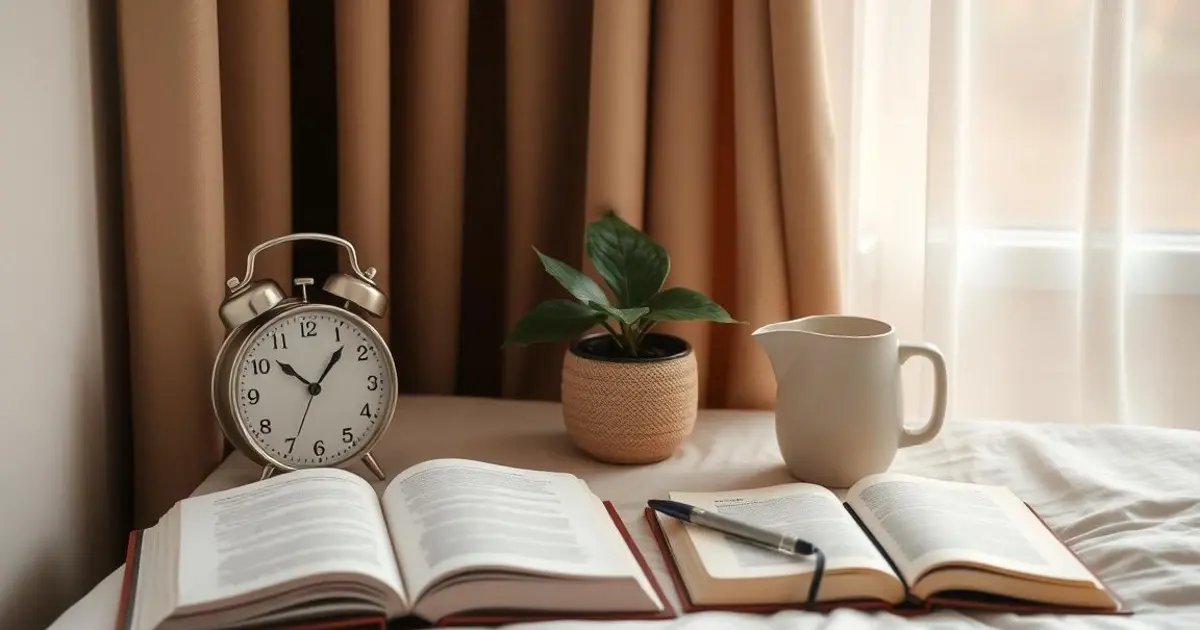In our perpetually connected lives, the ping of notifications has become our constant companion. The average person checks their smartphone 96 times daily—once every 10 minutes. This digital dependency isn’t just changing our habits; it’s rewiring our brains, fragmenting our attention, and quietly eroding our capacity for deep experiences. Here’s how to reclaim your attention and rediscover the richness of slow living in our hyperconnected age.
Understanding Digital Overwhelm

The human brain wasn’t designed for the constant stimulation of the digital era. Our nervous systems evolved for a world of immediate physical threats and natural rhythms—not endless email chains and social media feeds. This mismatch creates what neuroscientists call “cognitive overload,” where our attention becomes increasingly fragmented.
Studies from King’s College London reveal that heavy internet users develop brain patterns similar to those with attention deficit disorders. The dopamine hits from notifications create reward cycles eerily similar to addiction patterns. We’re not just distracted—we’re neurologically rewired for distraction.
The cost? Deep thinking, creativity, and meaningful human connection all require sustained attention—precisely what our digital habits are eroding. The solution isn’t abandoning technology but developing a more intentional relationship with it.
The Mindful Technology Audit

Begin your digital detox journey with awareness rather than drastic measures. For one week, use a screen time tracking app to gather data on your digital consumption. Note not just the quantity of time but the quality—which apps leave you feeling energized versus drained?
Create three categories for your digital tools: Essential (work, important communications), Enriching (learning, meaningful connections), and Depleting (mindless scrolling, comparison triggers). This classification becomes your blueprint for digital boundaries.
The most revealing question isn’t how much time you spend online, but what you’re not doing because of that time. What books remain unread? Which conversations haven’t happened? Which natural vistas haven’t been appreciated without the filter of a screen? Digital minimalism isn’t about deprivation but about making space for what truly matters.
Designing Your Digital Detox Protocol

Rather than attempting a complete technology fast (unrealistic for most), create a sustainable protocol with these evidence-based strategies:
Morning Sanctuary: Keep devices out of the bedroom and establish a phone-free morning ritual. The first hour of your day sets your neurological pattern. When that pattern begins with digital input, you’re priming your brain for reactivity rather than intentionality.
Attention Boundaries: Batch communications into designated periods rather than allowing constant interruption. Research from UC Irvine shows it takes 23 minutes to fully refocus after a distraction. Create uninterrupted blocks for deep work and creative thinking.
Strategic Inconvenience: Remove social media apps from your phone, requiring browser login. This small friction reduces impulsive checking by 40% according to behavioral design studies. Similarly, disable non-essential notifications and experiment with grayscale mode to reduce visual stimulation.
Nature Immersion: Incorporate regular “forest bathing” sessions—time in natural settings without digital devices. Studies from Nippon Medical School demonstrate that just 20 minutes in nature significantly lowers cortisol levels and restores attention capacity.
The Weekend Digital Sabbatical

Once your daily protocols feel manageable, experiment with a 24-hour digital sabbatical. This isn’t merely abstaining from technology but creating space for its opposite: sensory richness, unhurried conversations, and natural rhythms.
Prepare by notifying close contacts, setting emergency protocols, and planning analog activities that engage your senses—cooking a complex meal, hiking a new trail, practicing a musical instrument, or simply observing the world around you with undivided attention.
The initial discomfort—the phantom vibrations, the urge to check devices—reveals our dependency. But push through this threshold, and many report a profound shift: colors seem more vivid, conversations deeper, thoughts clearer. This isn’t imagination but your attentional capacity restoring itself.
Cultivating Digital Mindfulness

The ultimate goal isn’t abstinence but intentionality. Digital mindfulness means using technology as a conscious choice rather than a compulsive habit. This might mean:
•Creating technology-free zones in your home
•Establishing digital sunset routines where screens go off one hour before sleep
•Practicing “unitasking” instead of multitasking
•Using contemplative practices like meditation to strengthen attention muscles
Remember that attention is your most precious resource—the currency of your life experience. Every moment spent in distracted digital consumption is a moment not fully lived. By reclaiming your attention through thoughtful digital boundaries, you’re not rejecting modernity but embracing a more human way of experiencing it.
For more insights on creating space for meaningful experiences, explore our article on slow travel in Morocco’s blue city of Chefchaouen, where disconnection from digital life creates room for authentic cultural immersion.
Address Book:
•Forest Bathing Club: International directory of nature immersion experiences
•Digital Minimalism by Cal Newport: Essential reading on attention reclamation
•Freedom App: Scheduled website and app blocking for focused time
